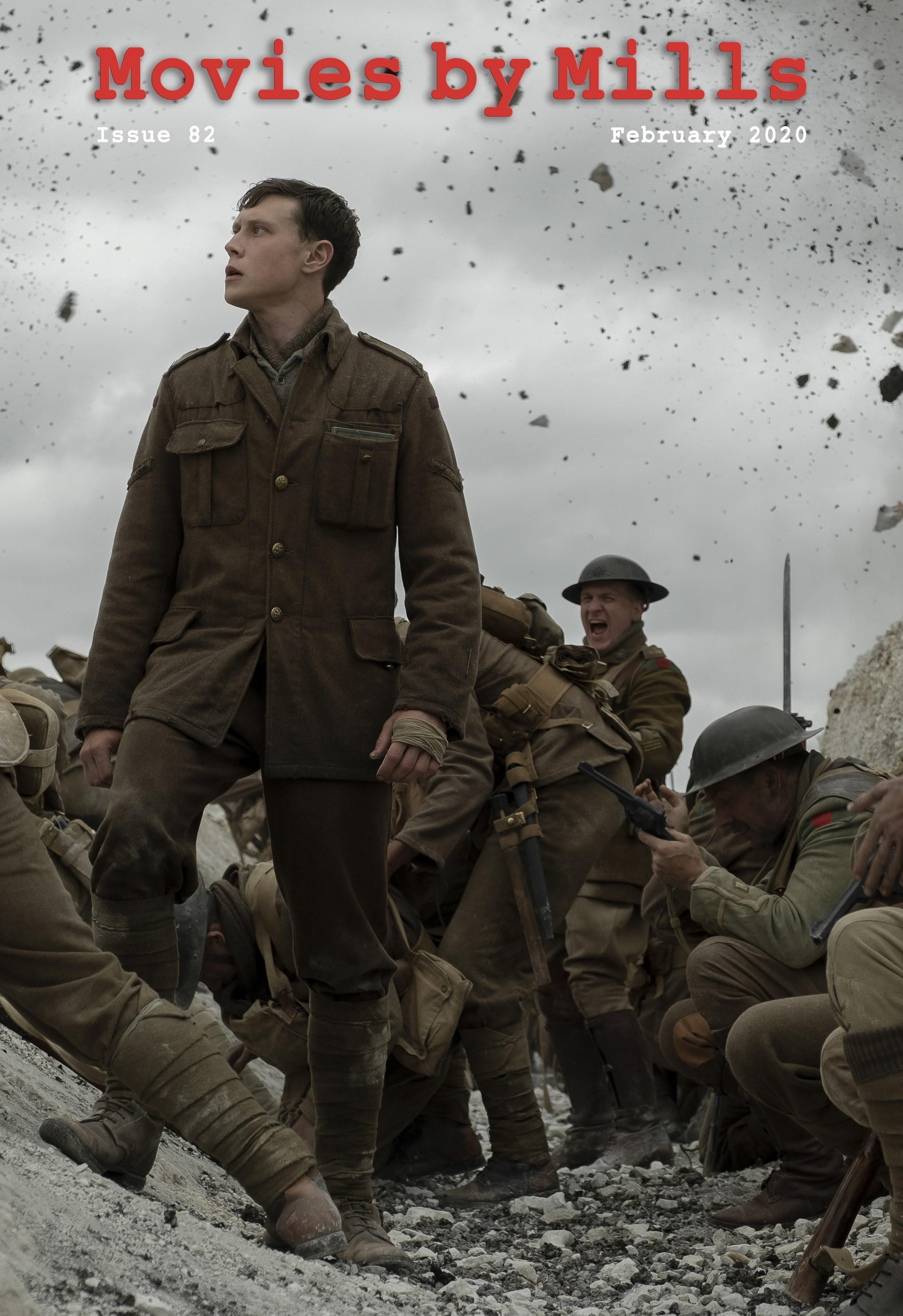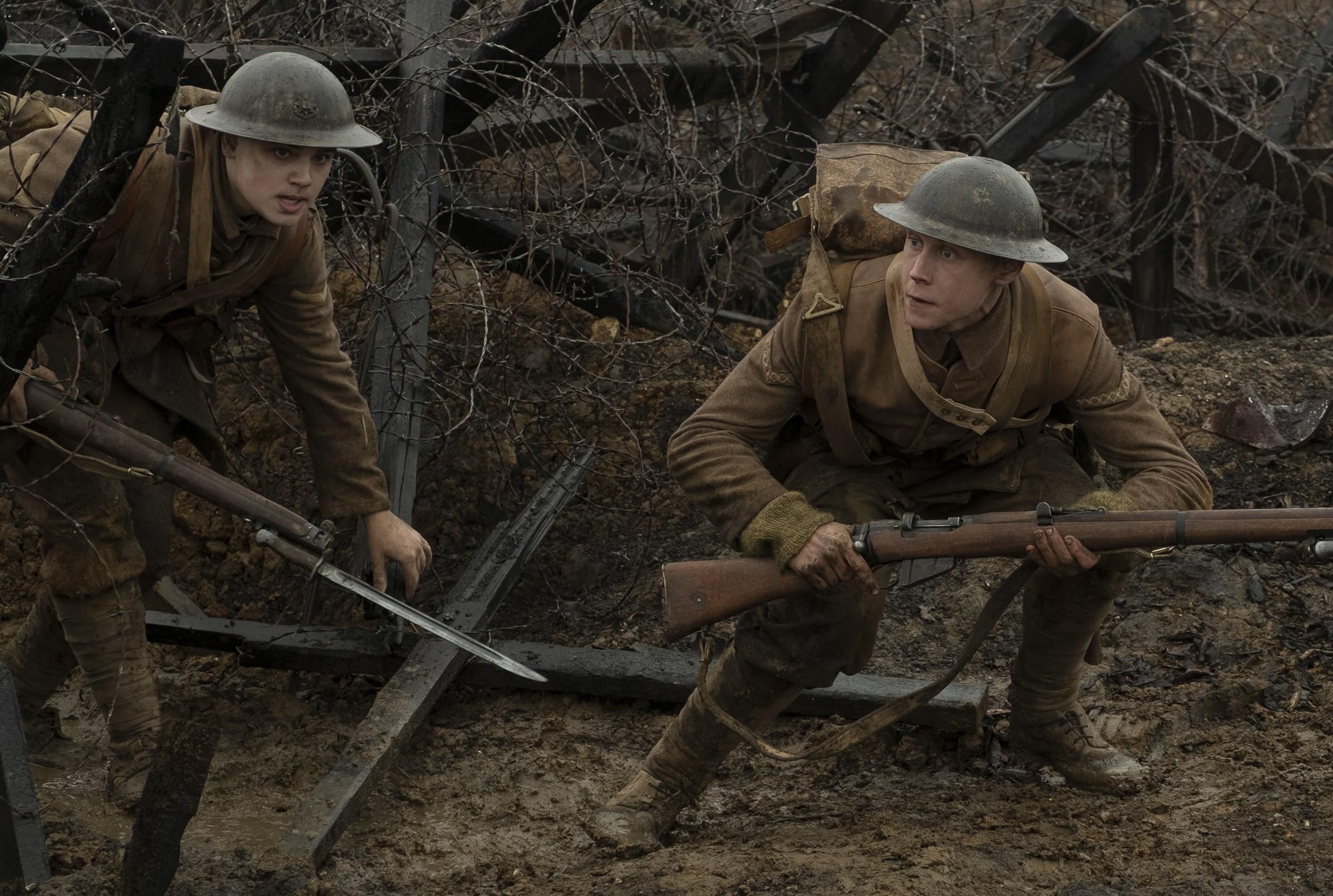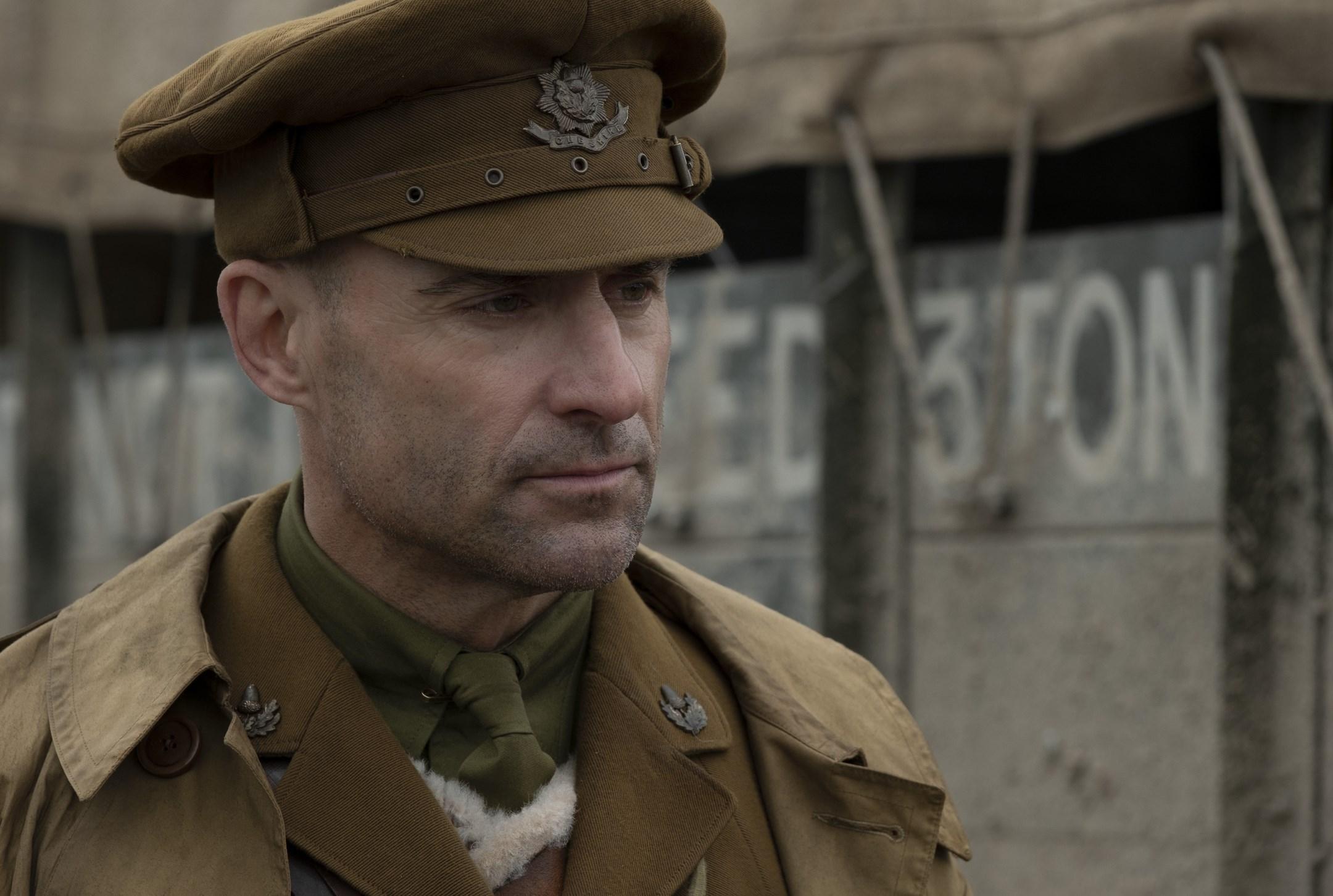
5 minute read
Directed by Sam Mendes Starring: George MacKay, Dean-Charles Chapman, Andrew Scott
Page 3
4 -7
Advertisement
8 -11
12 -15
16 -23
24 -27
28 -31
32
Editorial
1917
Two young British soldiers During the First World War are given an impossible mission: deliver a message deep in enemy territory that will stop 1,600 men and one of the soldiers’ brothers from walking into a deadly trap.
Director Focus:
Sam Mendes
Cinema Retrospect
Elia Kazan’s A Streetcar Named Desire. Disturbed Blanche DuBois moves in with her sister in New Orleans and is tormented by her brother-in-law while her reality crumbles around her.
FilmFest Follower
Berlin. The first major film festival of the year.
BAFTA Nominations
ACADEMY AWARDS Nominations
Poster:
1917
PHOTO CREDITS
ENTERTAINMENT ONE: 1,4,6,7,10,11,32 BFI: 12,15 SONY PICTURES:10
ACKNOWLEDEMENTS: We would like to thank the following people for their help in providing material for this magazine:
Lucy Fleet & Callum King of Entertainment One. Jill Reading of BFI
If we’re not clever enough about this, no one will get to your brother. - Lance Corporal Schofield I will. - Lance Corporal Blake
Sam Mendes, director of “American Beauty”, which won him an Oscar for his first feature film looks likely to win him a second for “1917”, a powerful first world war drama that is filmed to appear to be one continuous shot, plunging the viewer into the dugouts with two young British soldiers as they struggle through the enemy lines to give a message to call off the planned assault because the Germans have made a strategic withdrawal, seemingly to suggest that they are on the retreat, when in fact they’re lying in wait to repel the British attack; so they would be walking into a trap.

Schofield and Blake, played by George MacKay and Dean-Charles Chapman, are outstanding in their roles as the youthful soldiers.
The mud-squelching journey embedded itself in Sam Mendes’ mind when his grandfather told him stories about why he was habitually washing his hands because he remembers the mud in the trenches and how he was never able to get clean.
There are moments in the film which will make you jump, and the film is up there with the best war films: All Quiet on The Western Front, Dunkirk, Saving Private Ryan…
For the lead actors, they too had their stories to tell.
Chapman read a collection of diaries between takes and was especially impressed by one written by a man who was in the calvary, shot in the hip and spent four paralyzed hours in no man’s land. “It turned out it was my great- great grandfather! He went on to work in the first poppy factory in Richmond.”
Dean-Charles Chapman is proud and awed but hasn’t investigated any further.
McKay says: “Watching the film made it very clear to me who I want to come back to in my life, who means the most to me. Usually, seeing
yourself on screen isn’t easy, this is the first time I have been transported… thanks to the shooting style. You take every step with those men. Making it meant a lot to me. But watching it did, too.”
For the audience, you won’t be able to look away. Already, 1917 is a favourite to win Best Picture at the Oscars.
Over 5,200 feet of trenches were dug for the film. Sections of the film were shot in and around Low Force, on the River Tees, Teesdale in June 2019. The production staff had to erect signs warning walkers in the area not to be alarmed by the bodies strewn around the site.
The film was shot and edited to appear as a single long take that takes place in real time with almost no breaks. The movie was shot from April to June 2019 in Wiltshire, Hankley Common, and Govan, Scotland, as well as Shepperton Studios. Conservationists, concerned that filming on Salisbury Plain could disturb potentially undiscovered remains in the area, requested an archaeological survey be conducted before any set construction began.
The film borrows its hidden cuts from a technique first seen in Alfred Hitchcock’s “Rope” (1948). As in that film, Sam Mendes would move the camera behind an object during a scene, such as a tree or a burnt-out building where the camera could be stopped and then restarted without a noticeable edit.
This was a technically challenging film for Sam Mendes to direct, yet one of the biggest headaches for the film crew came from a cigarette lighter that wouldn’t work on cue in the scene and resulted in several takes until it did. This minor problem resulted in the best part of a day’s filming being wasted.
It took 6 months for the actors to rehearse the movie before shooting started.
The date shown at the start of the film is the date that the United States declared war on Germany and its allies.
The lighting rig used for the burning church was five stories high and consisted of 2,000 1K tungsten lamps, a total of 2 megawatts. It was one of the largest, lighting rigs ever built for a film.
Sections of the film were shot in and around Low Force, on the River Tees, Teesdale in June 2019. The production staff had to erect signs warning walkers in the area not to be alarmed by the bodies strewn around the site.
The flares flying over the ruined town were flown alng wires, in order to control the direction of the shadows they cast. They were also chemically formulated to burn with a warmer colour that was closer to tungsten light.
The movie was shot from April to June 2019 in Wiltshire, Hankley Common, and Govan, Scotland, as well as Shepperton Studios. Conservationist, concerned that filming on Salisbury Plain could disturb potentially undiscovered remains in the area, requested an archaeological survey be conducted before any set construction began.
Blake (Dean-Charles Chapman) & Schofield(George MacKay) in 1917


Colonel MacKenzie(Benedict Cumberbatch) in 1917




